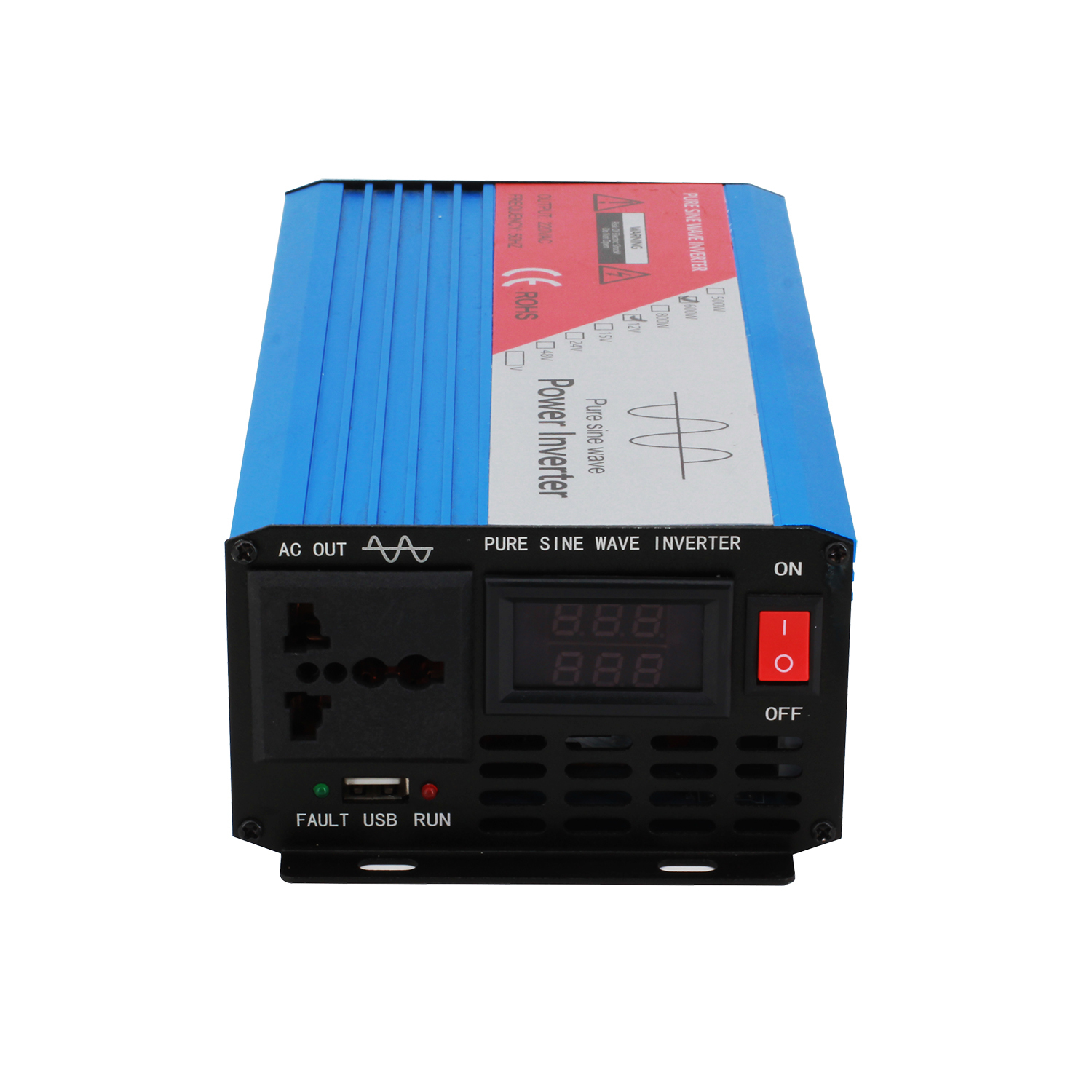The solar inverter needs to be able to handle the maximum power that the solar system can produce at least. If you want to use a 5kW solar system, you need a 5kW panel and a 5kW solar inverter.
Due to the system losses in the panel, in some cases, the rated power (in AC kW) of your solar inverter can actually be as much as 25% less than the panel array. Specify when to allow the use of "undersized" inverters.

The rated values of the solar inverter are "DC input" and "AC output"(types of solar inverter). Make sure that your rated power is also suitable for the output of the solar panel under DC! Some retailers will provide you with larger solar inverters so that you can add additional panels later. Before deciding to buy one of them, you need to consider the following factors:
Solar panel technology is changing so fast that you may not be able to use your current solar panels when you want to upgrade. Your inverter may not be able to adapt to the solar panel mismatch problem, which may mean you need to buy a new inverter. One way to solve this potential problem may be to consider the use of multi-string or MMPT scalable solar inverters.
The best advice is to install as many solar panels as possible (and install them on the roof) and buy solar inverters to accommodate the maximum power of the system.
The best solution currently is to consider using multiple MPPT (Maximum Power Point Tracking) inverters. These solar inverters have multiple MPPT trackers, allowing you to add other solar PV arrays in the future or install the arrays in different directions. This will allow you to easily add new panel strings to the current system (even if the new panel is not exactly the same as the original module).
Some solar panels are equipped with a small MPPT inverter on the back of the module, usually called a microinverter. These potentially enable different types of solar panels to be incorporated into the same solar system, overcome the shading problem, and make it possible to monitor individual solar panels.
Inverter efficiency is a measure of how well a device converts electrical energy received from solar panels into electrical energy that can be used at home or output to the main grid. Most transformer-based solar inverters based on grid connections (of which such inverters are rarely sold today) have an efficiency of about 93% or higher, while the efficiency of transformerless devices is usually about 95% or higher.